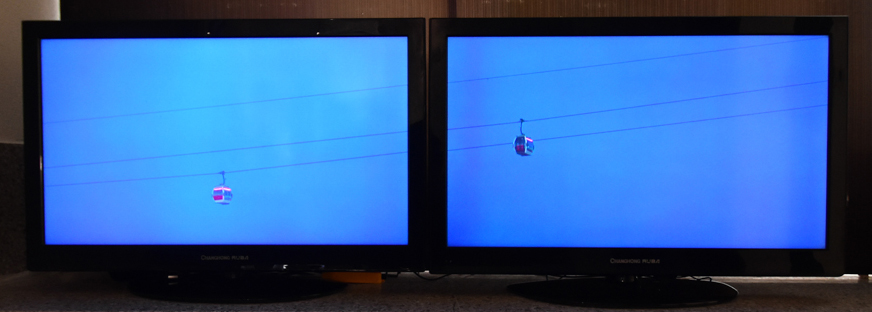Nayan Kulkarni
Born in 1969 in Norwich (UK)
Lives and works in London (UK)
Trained in sculpture at Birmingham and then The Slade Schools of Art (1993 & 1997) Nayan Kulkarni is currently a PhD candidate at the Royal College of Art (Naktam: Speculative Cinematic Movement). His research is developing new ways to understand the complex formations of experience and meaning generated by artificial light in the city. The perceptual, intellectual, ethical and technological dimensions of light as medium and idea are fundamental elements in his research. Nayan is interested in the effects and affects of cinematic imagining on human experience, personal identity and the built environment. This interest is expressed in light, sound, video and performance-based works in galleries and the public realm. Recent works include; Maroon (2017, Leicester), Blade (2017, Hull City of Culture), Hryre (2012, Chester) and Mirrie Dancers 2012 (Shetland). He is currently installing a major permanent urban light installation, The Golden Hour, across Hull city centre.
Of his work for KB17, Nayan Kulkarni writes: “Combining elements of location and studio- based recordings Nayan will be making a new work for the Biennial. Exploring the nocturnal urban mise-en-scene as a site of reverie and surveillance, the work will explore the City as ill mannered, its atmospheres contingent upon themes that overlay each other in voices that collide. These constructed atmospheres are an emergent phenomena experienced in momentary equilibriums within a dynamic whole. There is no fixed arrangement that could be inferred to be a composition. Illuminating space is to rend darkness, to tear it apart, shred and fragment it, distribute it, differentiate and articulate it. Every lamp produces a radiant micro-politics of space, an organisation and articulation of its local value. Where there is no light, there is no use, no value. Lamps together project an image of politics onto space and in turn produce spaces for preferred activities. Furthermore, it makes them visible, it brings them into the tattered black. Where there was no use the rend can produce. In the cut space is rendered, made into an image of activity, that is also a space for activity: A twin channel work for a twin site production.”

Ricochet, 2017.
Twin channel video for two flat screens
Courtesy the artist

